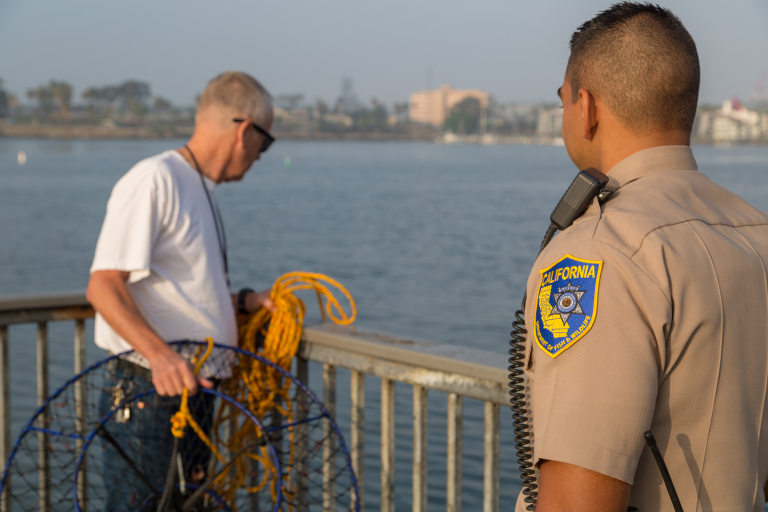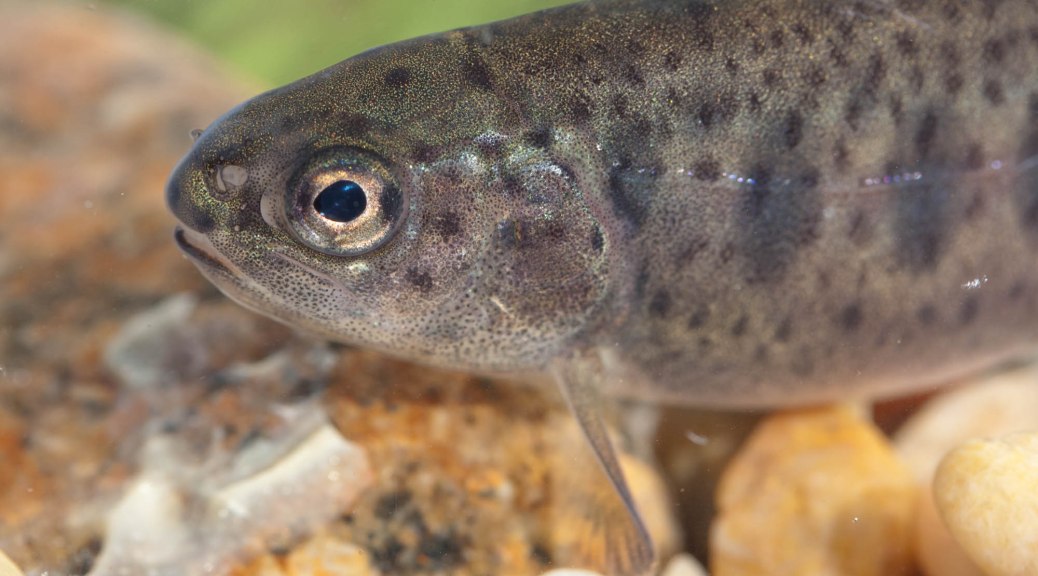Fish Report for 3-1-2019
Is it Always OK to Fish From a Pier Without a License?

by CDFW
3-1-2019
Website
Question: I want to take my 16-year-old son fishing and I know there are piers where neither of us need a fishing license. I don’t want to end up with a ticket so can you clearly describe what piers we can fish off of without a having to buy a license? Also, both of us have a basic knowledge of fishing and pretty simple gear. Any tips on how to have a successful day would be appreciated. (Sandra)
Answer: This question comes up often. Anyone 16 years and older must have a fishing license to take any kind of fish, mollusk, invertebrate or crustacean in California, except for persons angling from a public pier for non-commercial purposes in ocean or bay waters.
California Code of Regulations (CCR) Title 14, section 1.88, defines a public pier as a publicly owned man-made structure that has the following characteristics: is connected above the mean high tide to the main coastline or to the land mass of a named and charted natural island, has unrestricted free access for the general public, and has been built or currently functions for the primary purpose of allowing angling access to ocean waters. Additionally, publicly owned jetties or breakwaters that are connected to land, as described above, that have free unrestricted access for the general public, and whose purpose it is to form the most seaward protective boundary of an ocean harbor, are public piers.
What places do NOT fit into this category of where you can fish without a license?
Jetties, breakwaters, promenades, sea walls, moles, docks, linings, barriers and other structures that are not the most seaward protective boundary of an ocean harbor, are not public piers.
Even though a license is not required on a public pier, all other regulations (including minimum size, bag limits and seasons) apply while fishing from a public pier. Additionally, only two rods and lines, handlines, or nets, traps, or other appliances used to take crabs may be used per person on a public pier (CCR Title 14, section 28.65(b)).
If you are in doubt about whether a license is needed to fish a particular location, the best way to avoid a potential citation is to purchase a license or find another spot to fish where you are sure that a license is not required, or ask your local California Department of Fish and Wildlife (CDFW) office.
CDFW also offers two “Free Fishing Days per year to encourage new and lapsed anglers to participate in this great outdoor tradition. On these dates, CDFW waives the normal licensing requirements. All other fishing regulations, such as bag and size limits, gear restrictions and fishing hours remain in effect. The dates for the year’s Free Fishing Days are listed on the CDFW License and Revenue Branch website. For 2019, they are set for Saturday, July 6 and Saturday, Aug. 31.
A quick and easy tip to help you be successful is to look up, then visit the closest bait and tackle shop to where you wish to go fishing. They should have their finger on the pulse of what people are catching and where. They should also be able to provide you with the type of bait and tackle that is most effective for the place you are going. Good luck and have a great outing with your son!
What’s the purpose of the duck stamp?
Question: What are my duck stamp funds used for? (Eli)
Answer: The California Duck Stamp Act (FGC, section 3702) was enacted in 1971, requiring all adult waterfowl hunters to purchase a duck stamp (now simply a validation) prior to hunting waterfowl. Funds can only be used for waterfowl habitat, assessment or research projects, and the Act mandates a portion of the annual revenue go toward breeding habitat projects in Canada that benefit ducks (particularly pintail) that winter in California. In addition, the FGC requires Fish and Game Commission approval on all projects proposed for funding. The Federal Duck Stamp was created in 1934 to address the destruction of wetlands by mandating that 98 percent of every duck stamp dollar go directly into the Migratory Bird Conservation Fund to purchase or lease wetlands for inclusion in the National Wildlife Refuge system.
More Reports

2-28-2019
Various Days — Guided Wetland Tours, By Reservation, at Gray Lodge Wildlife Area, 3207 Rutherford Road, Gridley (95948). A wildlife naturalist will...... Read More

2-27-2019
The California Department of Fish and Wildlife (CDFW) is investigating the potential environmental impacts of water diversions associated with cannabis...... Read More

Website Hosting and Design provided by TECK.net